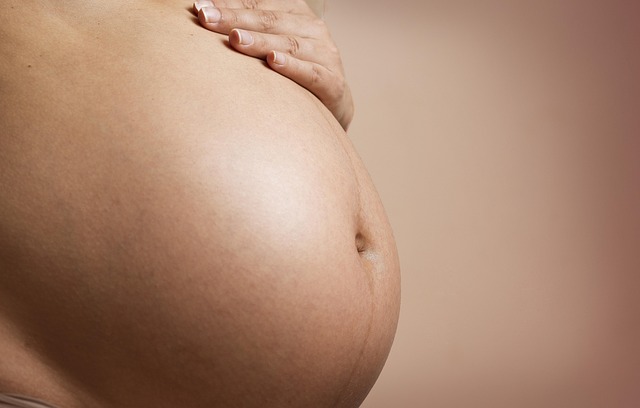The first time I encountered a photograph of a stillborn infant, it was on a forum for expectant mothers, all due in April 2007. At the time, I was pregnant with my first child and found the image both unsettling and frightening. I couldn’t grasp why a mother would share such a deeply personal image in a space meant for celebration.
Fast forward to December 2011, when I delivered identical twin daughters at thirty weeks gestation. They were afflicted by a condition known as Twin to Twin Transfusion Syndrome (TTTS), a serious complication that affects identical twins. Tragically, one of my daughters passed away just two days after her birth. In my grief, I posted a photo of her in a delicate white gown, captured shortly after her passing. I then enlarged, framed, and displayed that picture in my living room.
In that moment, I understood. I had joined the community of grieving mothers. Those images that once seemed disturbing were now imbued with beauty and significance. I recognized why a mother would choose to feature her stillborn baby as her profile picture; it symbolized the fleeting moments she had to hold her child. These images represent the only memories we have, as there will be no milestones like first birthdays, school days, or graduations to document. All that remains are the cherished moments of meeting and bidding farewell to our children, our dreams of the future shattered in an instant.
It is natural for people to feel discomfort around death. It can be challenging to know how to respond, and encountering a picture of a deceased baby can evoke deep fears in many parents. However, it is vital to remember that these images are not about your feelings; they are an expression of a grieving parent’s love and a plea for acknowledgment of their lost child.
We, as grieving mothers, are united by a profound sadness. Our shared experiences can only be fully understood by those who have walked this path. Many of us strive to ease the pain for parents who have recently joined this heart-wrenching “club” that no one wishes to enter but for which we pay the highest price.
Approximately six months after my loss, I began writing about my grief and life experiences. This journey introduced me to other parents navigating similar losses. A supportive community emerged, filled with stories of grief and resilience, which inspired me and helped me move forward.
A common thread among us, whether we have experienced early miscarriages, late-term losses, or the death of older children, is the desire to affirm that we will always be our child’s mothers. This bond remains, whether we nurture them in our arms or carry them in our hearts. Thus, when mothers post pictures of their lost infants, it is a testament to their enduring love for a life that was cut short.
To all grieving mothers: you will forever be their mother. And to the mothers fortunate to raise their children on Earth, the next time you come across a mother sharing a photo of her stillborn infant or a child who passed shortly after birth, please try to approach it with understanding. Remember that for her, that image is all she possesses.
This article originally appeared on April 9, 2014.
For further information on home insemination, you can check out our article on the Cryobaby Home Intracervical Insemination Syringe Kit Combo. Additionally, Cryobaby’s At-Home Insemination Kit is an excellent resource for those exploring this option. For a broader understanding of the topic, Wikipedia provides comprehensive information on artificial insemination.
In summary, the journey of infant loss is one filled with heartache and a profound sense of connection among those who have experienced it. Understanding and compassion can help bridge the gap between grief and support, fostering a sense of community among grieving parents.
Keyphrase: infant loss understanding
Tags: [“home insemination kit” “home insemination syringe” “self insemination”]
